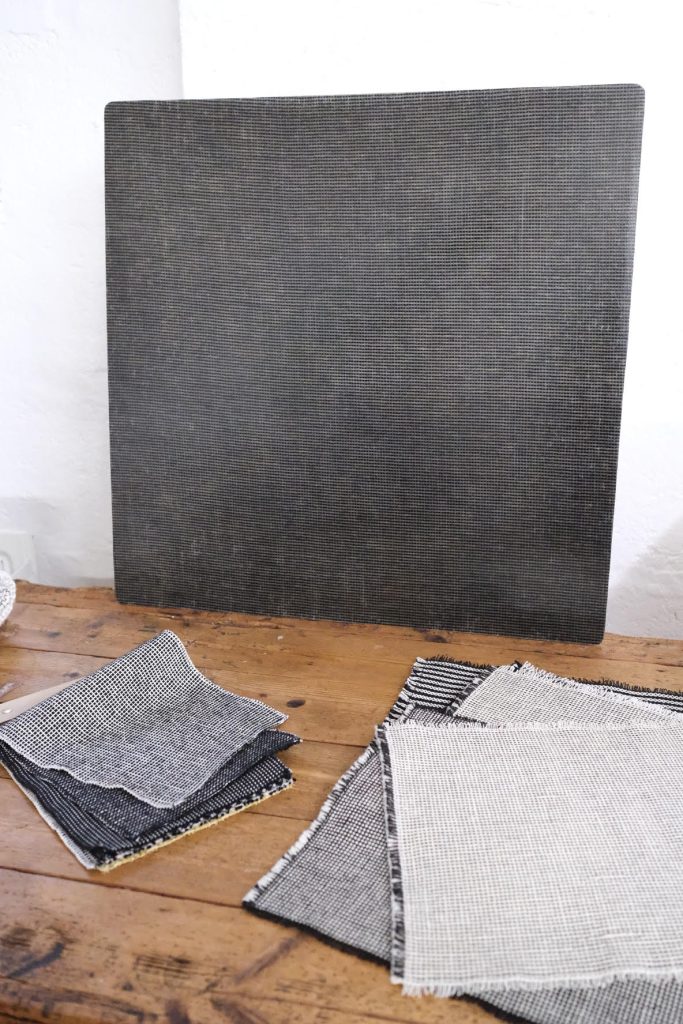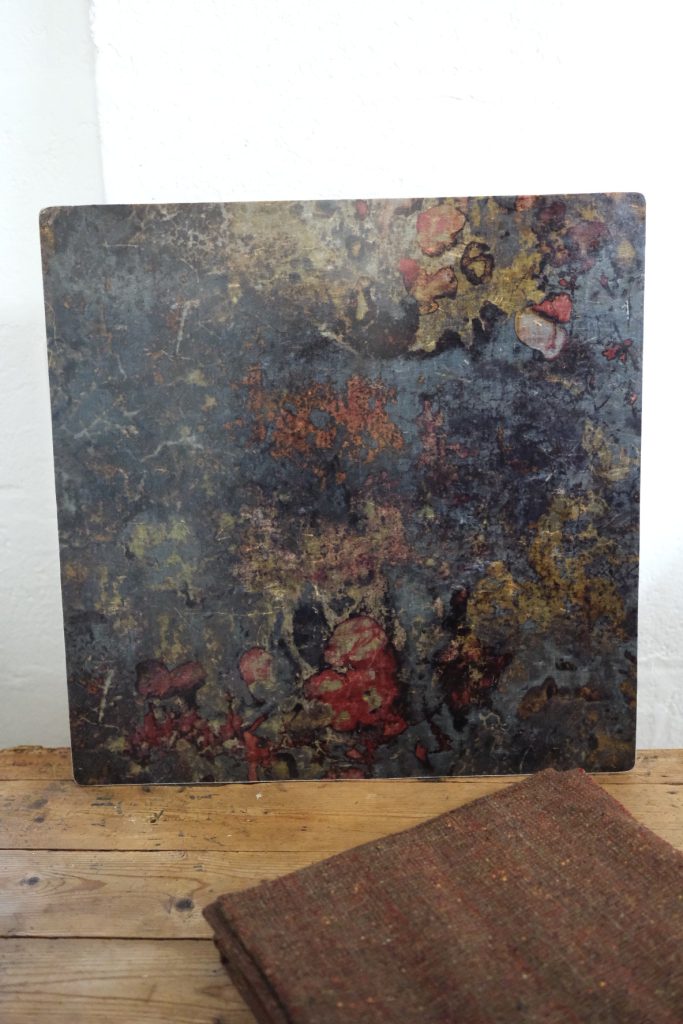Closing exhibition for the Linen Biennale 2023 featuring new work co-commissioned from a range of artists and designers especially for this year’s programme.



My initial inspiration has come from the collaborative approach of my heroine, Christien Meindertsma, who first exhibited her Natural Fibre Composite (NFC) flax composite chair at Beurs Van Berlage (Amsterdam) that was subsequently shown within the Beazley Designs of the Year, London Design Museum, 2016. (The Dutch architect, Berlage (1856-1934) had established a ‘commodity exchange’ that influenced many ‘Modernist’, and in particular, ‘Functionalists’ architects with outputs based solely on their purpose and function).
The British Council and Arts Council (NI) supported Christien to present her work, and her methodology, that contributed to the final session of the Linen Biennale Conference, 2018, where my Co-Facilitation of the INI funded Collaborative Growth Programme (CGP) scoping study, in NFC, was launched. With the growing EU textile industry mission statement to address sustainability challenges, NI researchers, as well as composite companies, many of whom engaged in the INI CGP, are now looking more seriously at adopting sustainable alternatives. In particular, a traditional County Down based composite company, C.C.P. Gransden, pro-actively took up the challenge in proposing collaboration to follow on from ‘Dwelling: Design for Wellbeing’, my ACNI Emergency support for on-line collaborative, cross-disciplinary, activity during the pandemic.
My main focus, in terms of ‘Revive and Renew’, for the Linen Biennale 2023, was to bring the emerging concept of designer-led Natural Fibre Composites to a wider audience of practitioners, in Northern Ireland and beyond, primarily for ‘value-added’ product design and interiors end-use. It is now timely to show NFC experimentation made possible through collaboration with local company (C.C.P. Gransden), that has invested in some specialist NFC machinery, along with additional independent design-led technical input from Aaron Mannis. My intention has been to contribute to the initiative for establishing an eventual local transparent supply chain. The potential has been to encapsulate locally cultivated textile fibres (flax and hemp), and design-led materials, through liaison with both participants within the current ‘From Field to Fabric’ project (led by Mallon Linen and Mourne Textiles) as well as sourcing digital print from Duncan Neil (William Clark and Sons Ltd.) and wool fibre from Donegal yarns. However, in sourcing relatively sustainable resins, the percentage of ‘bio’ content remains limited – and the supplier non-local. For one panel, I have liaised with Finnish artist, Pirjo Seddiki, who recently exhibited in Creative Peninsula by means of a British Council festival exchange. Although adopting new materials and processes is exciting, it is also challenging and still at experimental stage. The NFC panels introduced for ReGroup may be seen as early prototypes, for discussion, with a view to stimulating innovative ways forward.
